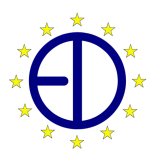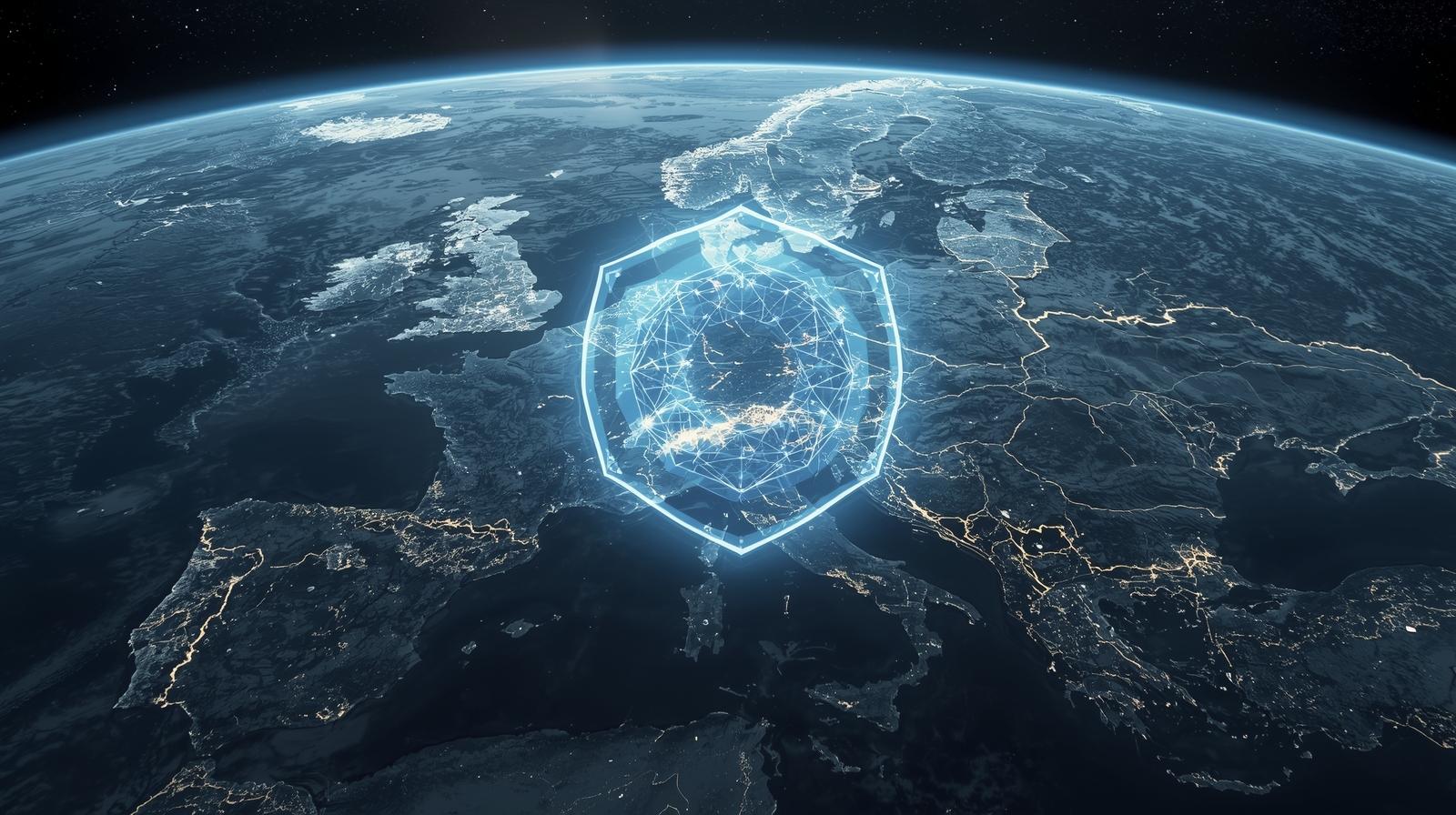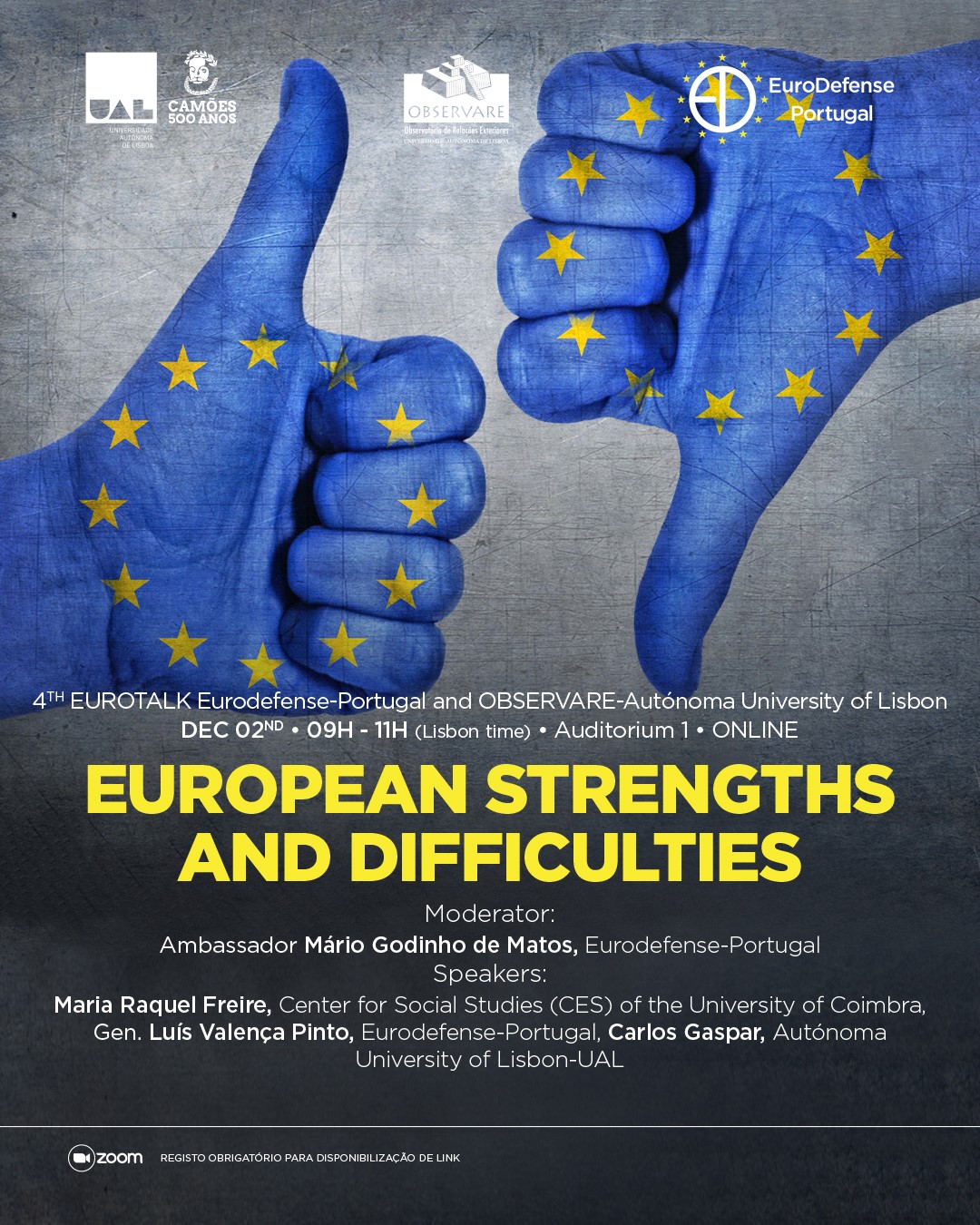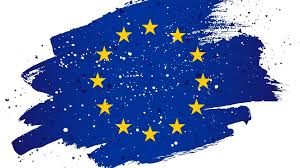Europeanization has become the hallmark or gold standard of international cooperation and regional integration. Paradoxically, the origins of the notion of regionalism are inherently Eurocentric while the European Union (EU) is regarded as a sui generis case of regional integration (the so-called N = 1 problem). Hitherto, regional integration akin to the European Union (EU) has simply not been replicable in other regions. This is to such an extent that, in many instances, the EU is treated as a federal system, rather than a regional block (Söderbaum and Sbragia 2010, p.564).
The humble beginnings of European integration hark back to the European Coal and Steel Community (ESCS), whereby successful (economic) sectorial cooperation stimulated a functional spillover into other policy domains. According to economic integration theory (Balassa 1961), the EU has been the sole initiative to reach the sixth level of regional economic integration: an economic-monetary union with a common currency (i.e., the euro). Does all this mean that Europeanization has crested? We should think not. From the outset, we should acknowledge that the EU is a ways off from the mirage of a federalized political union, the final level of integration (Taghizadeh-Hesary et al. 2020, p.2). No matter how public discourse portrays the EU as “sleepwalking” towards that goal, there is bigger fish to fry.
The world is changing. Despite current EU elite rhetoric, actual institutional dynamics belie gaping vulnerabilities and a region ill-prepared for the coming power transition, multipolarity, and permacrisis (Kim and Gates 2015; Brown et al. 2023). Since the introduction of the Lisbon Treaty, the EU has faced subsequent crises, including the 2008 Eurozone Crisis, the COVID-19 pandemic, and the Russo-Ukrainian war. Moreover, the American-led unipolar order is in decline, and the world is fundamentally less safe than it was at the end of WWII. In 2024, there were a record number of active state-based conflicts since 1946: 61 across 36 countries (Rustad 2024). Thus, EU member states cannot afford to transatlantically outsource their security any longer (Lavery et al. 2022, p.65). All these phenomena contribute to the EU being in a critical juncture that simultaneously allows more leeway for institutional innovation but that will also determine the path dependencies of future regional integration (Capoccia 2016).
What road lies ahead? Most likely, security-defense integration. The EU is already a “civilian” or normative power (Sjursen 2006), but EU elites appear to have their eyes set on a loftier ceiling. In this sense, the hybrid East-West confrontation in the post-Soviet space can be read as a status conflict between two status-seeking powers (Forsberg 2014; Nitoiu 2016). What is more, the Union would have the upper hand in an emerging balance of power, theoretically speaking. The EU possesses latent (read, economic) capabilities, fragmented across twenty-seven units (Member States). Should these be unitarily realized as military resources, then the EU would promptly achieve great power status — something easier said than done. Even within such a political union, Europeans have questioned the need to forego certain prerogatives and sovereignty-pool or supranationalize specific policy areas (e.g., security and defense).
Endogenously, rising Eurosceptic neo-populist rhetoric precludes further integration, namely by polarizing the Council of the EU (Ovádek 2025a; Ovádek 2025b). A prime example would Hungary’s vetoes blocking 18 EU decisions and statements requiring consensus since 2011. Moreover, domestic political narratives have contributed to a false dichotomy: having to choose between the European social model (which played a crucial role in regional identity-building) and fulfilling the aforementioned security-defense needs (Vaughan-Whitehead 2015). Nevertheless, more than 70% of EU citizens support a common security and defense policy and acknowledge the need for the block to reinforce its capacity to produce military equipment, according to a Spring Eurobarometer (2024) survey.
Exogenously, a (geo)politicized European Commission has reacted to global dynamics by palliatively circumventing intergovernmental hurdles, even when deeper reform is needed (Håkansson 2024). Consequently, the Commission has created new instruments, such as the European Defense Fund (EDF) and ReArm Europe Plan and attempted to reseat security-defense integration in a new paradigm defined by a cogent European Union Global Strategy (EUGS). The goal behind this was to change the EU from an “idealist narrative of a civilian, normative, and transformative power with external ambitions” into a pragmatic and resilient actor actively addressing internal and external threats (Csernatoni 2020). Besides promoting security-defense integration, these efforts de-risk dependencies on external powers (e.g., the United States, the People’s Republic of China, and the Russian Federation). These developments follow a common thread in the Commission’s rationale: preparedness entails structured investment through coordination, interoperability, and deduplication of capabilities.
As the EU considers a Defense Union, space is a growingly relevant domain of security (Papadimitriou et al. 2019). In general, Europeanization has been interwoven with the development and deployment of space assets, for the latter — like other prototypes eligible for the EDF — have both civilian and military applications. The contested term of “strategic autonomy” has often been invoked to emphasize the need to secure European independence in the face of an increasingly volatile inter-state system and world economy (Lavery et al. 2022). Under its mantle, the dimension of space holds key security-defense potentialities. Galileo, Copernicus, and the European Geostationary Navigation Overlay System (EGNOS) are flagship EU space programs that are politically owned and funded by the EU, developed in partnership with the European Space Agency (ESA), and operated and security-accredited by the EU Agency for the Space Program (EUSPA) (Klimburg-Witjes 2021, p.528; Cellerino 2023, p.490). By enabling earth observation and geo-localization, these services further strategic autonomy in the pursuit of the block’s general interests. For instance, such systems support and implement several EU sectoral policies by informing border management, weather forecasts, agricultural support, and the monitoring of greenhouse emissions, criminal activity, and transports — to name a few. For decades, EU space governance had been mostly considered within a civilian and regulatory agenda, but it is now being geopoliticized in the current critical juncture and particularly since the Russo-Ukrainian war (De Man and Wouters 2025). For example, signaling the shift from space as public good to a security enabler is the prospective IRIS² satellite system. This multi-orbital infrastructure seeks to endogenously ensure communications during crises. Moreover, the EU Space Strategy identified space as a competitive domain vulnerable to hybrid interference, anti-satellite weapons, and cyberattacks (European Commission 2023). As such, the initiative called for robust legislation, resilience-building, and NATO cooperation. Likewise, investing in space has become a cornerstone of the EU industrial defense base and is eligible for funding mechanisms such as the EDF, the European Investment Bank’s Security and Defense Action Plan, and the recent Security and Action for Europe (SAFE).
Can the EU continue to exceed expectations and realize aspirations to shape global space governance? Well, there exist significant institutional, regional, and geopolitical hurdles. Institutionally the upcoming EU Space Act seeks to entrench a harmonized legal framework for space operations in the Union, but its scope remains unclear and the legislation faces delays (De Man and Wouters 2025). Regionally, the EU suffers from fragmentation between uneven national regulatory environments and capacities for infrastructure investment, harmonized procurement, and security coordination. The legal framework of the Permanent Structured Cooperation (PESCO) enables voluntary integration but, in comparison to other initiatives, space projects have seldom been implemented within it. Geopolitically, great powers with clashing interests are overtly weaponizing space capabilities and gridlocking multilateral fora like the consensus-based United Nations Committee on the Peaceful Uses of Outer Space (UNCOPUOS). Still, there are encouraging signs of the critical juncture beginning to mold a “decentralized, civilian-led, but strategically aligned” European model of space governance (De Man and Wouters 2025, p.3). Two such examples would be the prospective participation of Ukraine in the Coordinated Annual Review on Defense (CARD) and the EU Commission’s Defense White paper containing provisions for the dual-use integration of space capabilities.
Lisbon, 18th November 2025
Tiago Correia
EuroDefense-Jovem Portugal
References
Balassa, B. 1961. The theory of economic integration. Homewood, Ill.: R.D. Irwin.
Brown, G., El-Erian, M., Spence, M. and Lidow, R. 2023. Permacrisis: A plan to fix a fractured world. Simon and Schuster.
Capoccia, G. 2016. Critical Junctures. In: Fioretos, O., Falleti, T. G., and Sheingate, A. eds. The Oxford Handbook of Historical Institutionalism. Oxford University Press, p. 0. Available at: https://doi.org/10.1093/oxfordhb/9780199662814.013.5 [Accessed: 17 May 2025].
Cellerino, C. 2023. EU Space Policy and Strategic Autonomy: Tackling Legal Complexities in the Enhancement of the ‘Security and Defence Dimension of the Union in Space.’ European Papers – A Journal on Law and Integration 2023 8(2), pp. 487–501. doi: 10.15166/2499-8249/669.
Csernatoni, R. 2020. EU Security and Defense Challenges: Toward a European Defense Winter? Carnegie Endowment for International Peace. Available at: https://carnegieendowment.org/research/2020/06/eu-security-and-defense-challenges-toward-a-european-defense-winter?lang=en [Accessed: 14 November 2025].
De Man, P. and Wouters, J. 2025. EU Space Governance at the Threshold of A New Era. Global Policy (Special Issue). Available at: https://onlinelibrary.wiley.com/doi/abs/10.1111/1758-5899.70030 [Accessed: 14 November 2025].
Eurobarometer. 2024. Standard Eurobarometer 101 – Spring 2024. Available at: https://europa.eu/eurobarometer/surveys/detail/3216 [Accessed: 29 May 2025].
European Commission. 2023. JOINT COMMUNICATION TO THE EUROPEAN PARLIAMENT AND THE COUNCIL European Union Space Strategy for Security and Defence. Available at: https://eur-lex.europa.eu/legal-content/EN/TXT/?uri=celex:52023JC0009 [Accessed: 15 November 2025].
Forsberg, T. 2014. Status conflicts between Russia and the West: Perceptions and emotional biases. Communist and Post-Communist Studies 47(3–4), pp. 323–331. doi: 10.1016/j.postcomstud.2014.09.006.
Håkansson, C. 2024. The Ukraine war and the emergence of the European commission as a geopolitical actor. Journal of European Integration 46(1), pp. 25–45. doi: 10.1080/07036337.2023.2239998.
Kim, W. and Gates, S. 2015. Power transition theory and the rise of China. International Area Studies Review 18(3), pp. 219–226. doi: 10.1177/2233865915598545.






